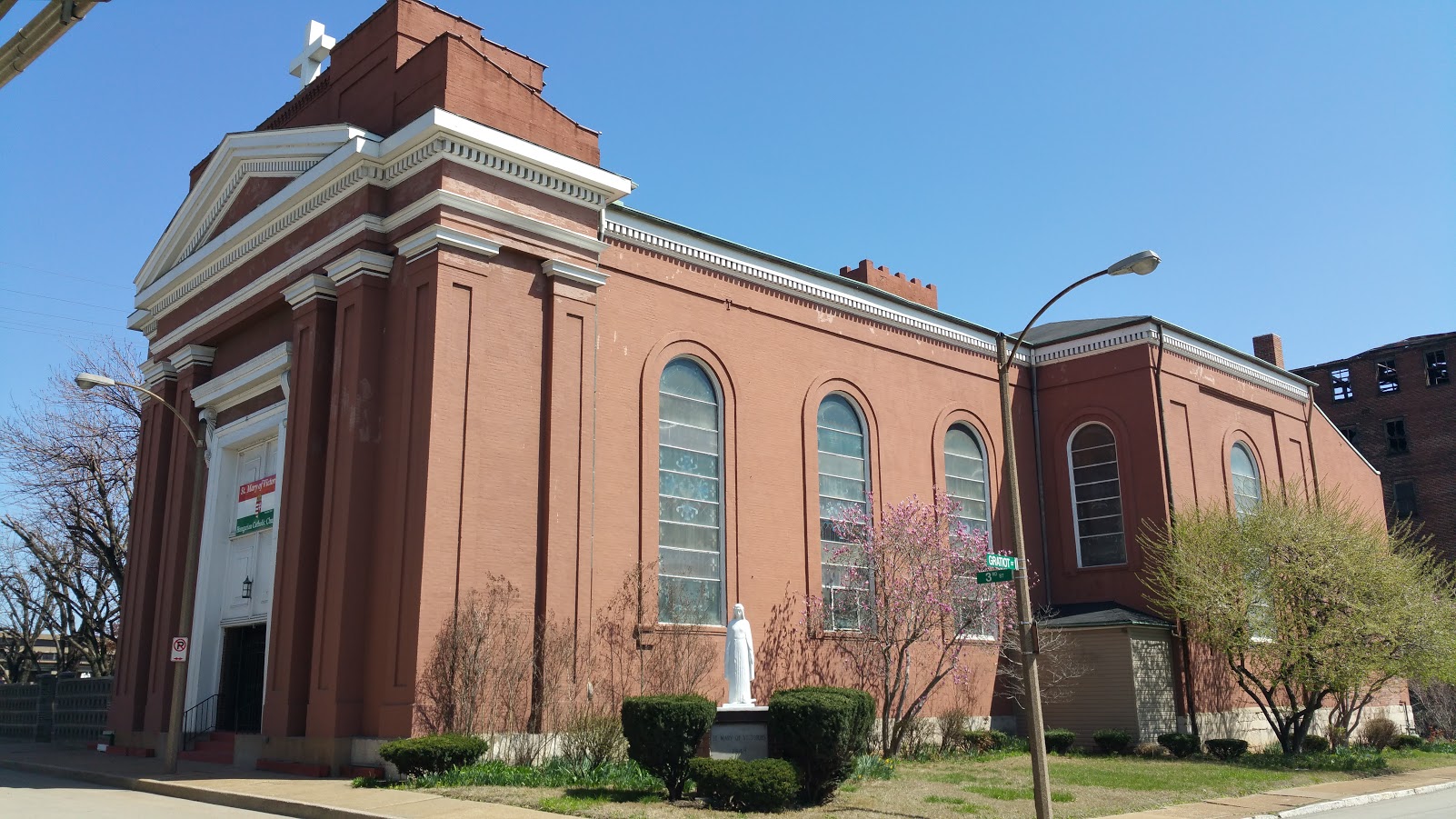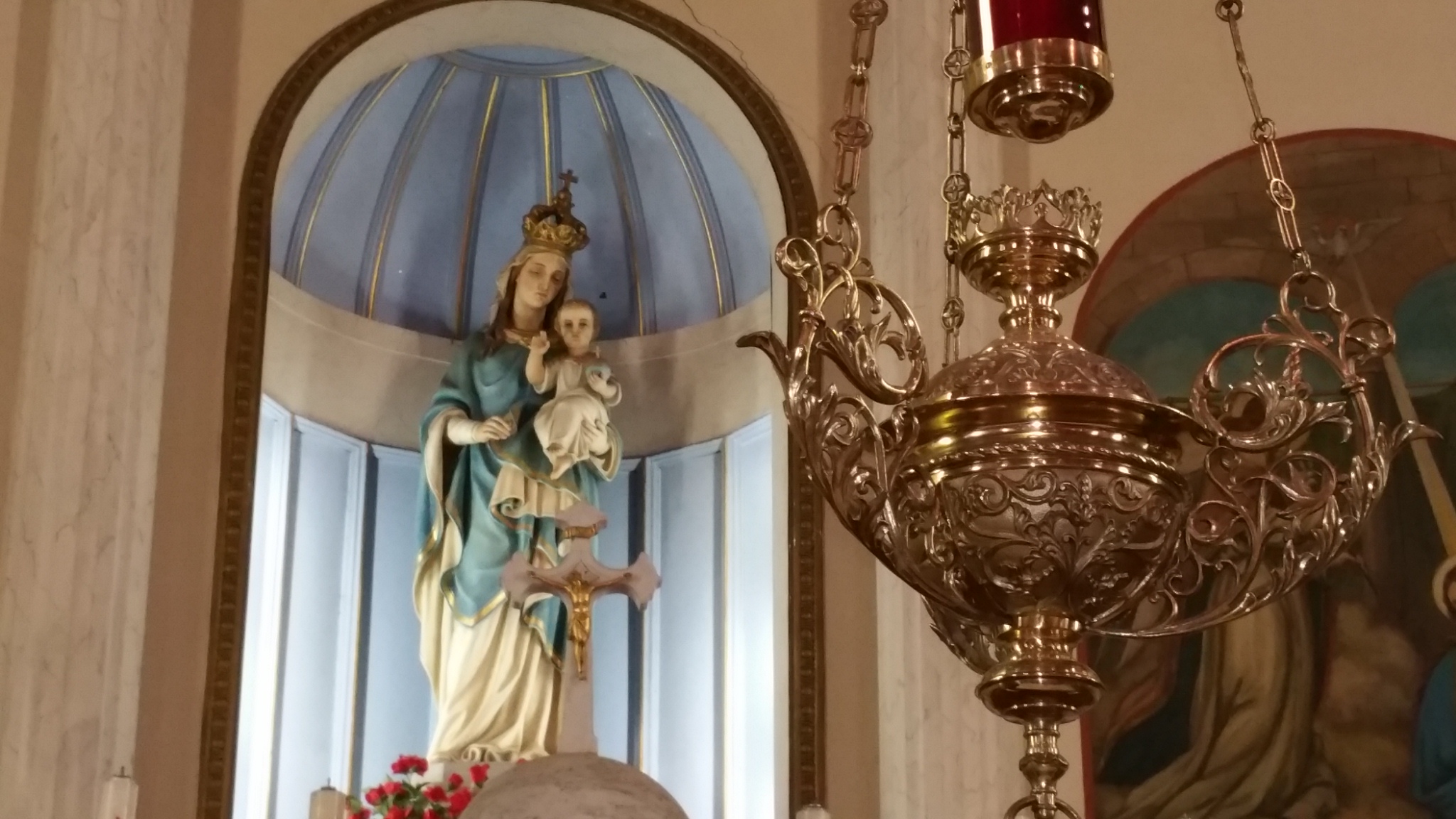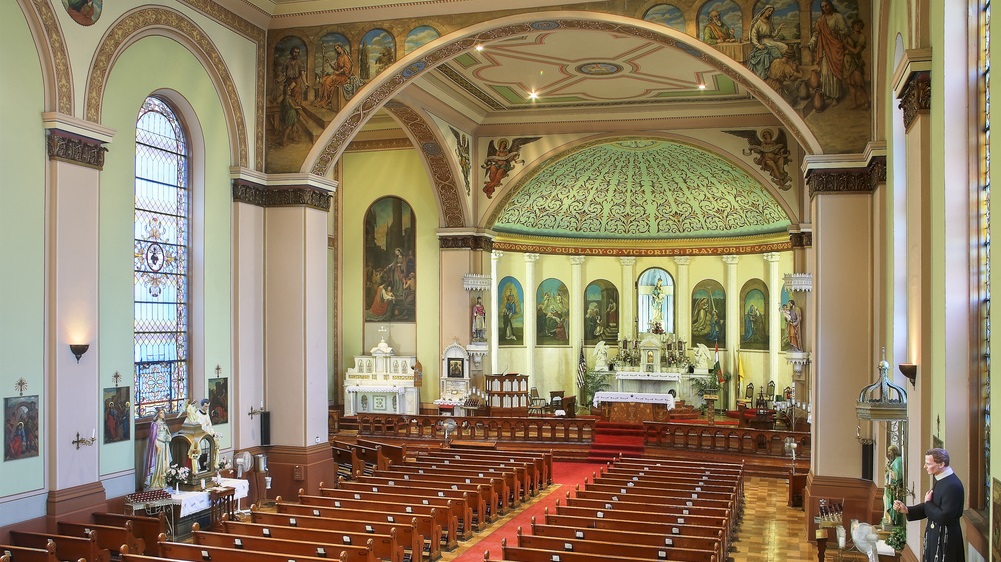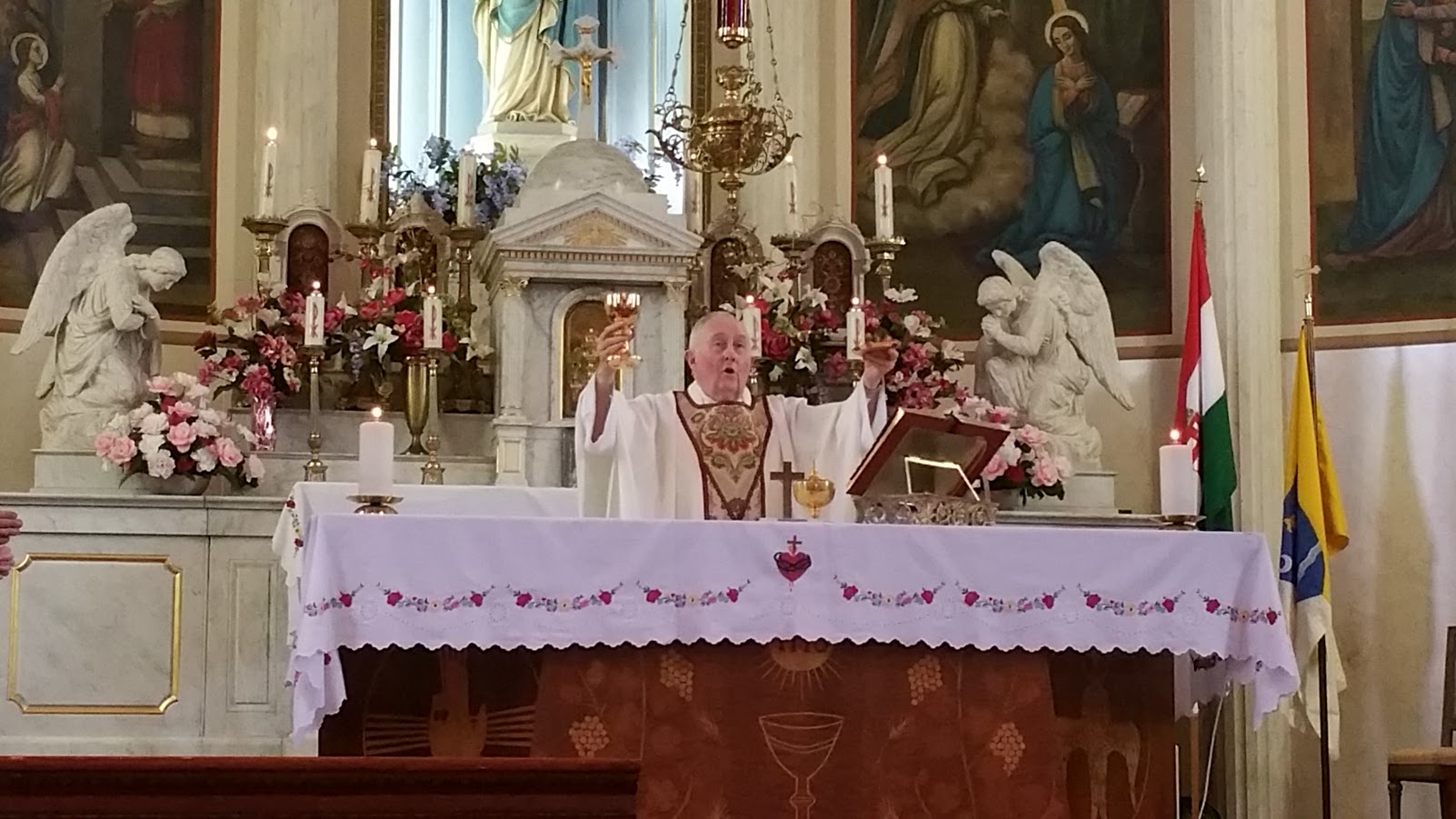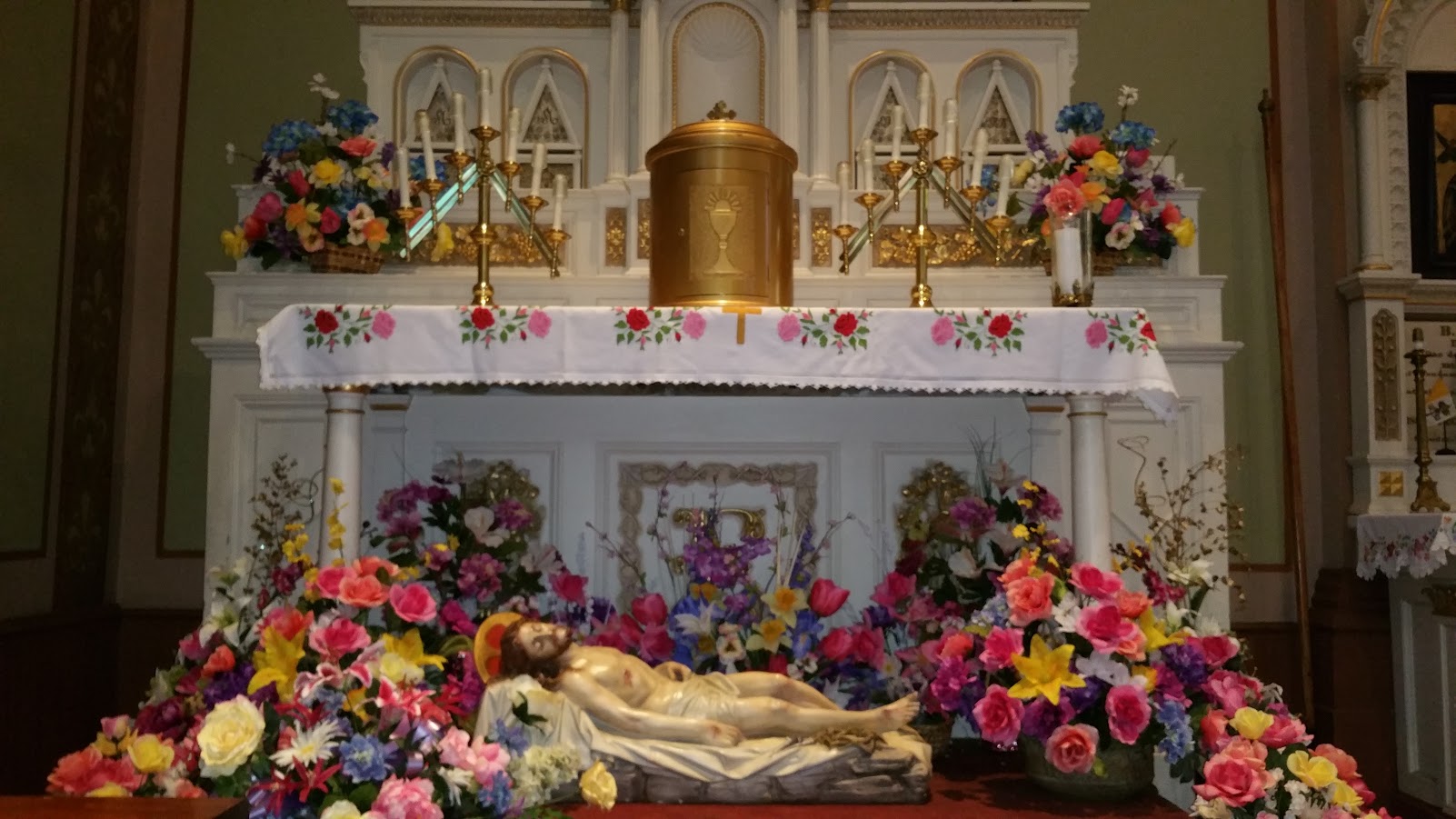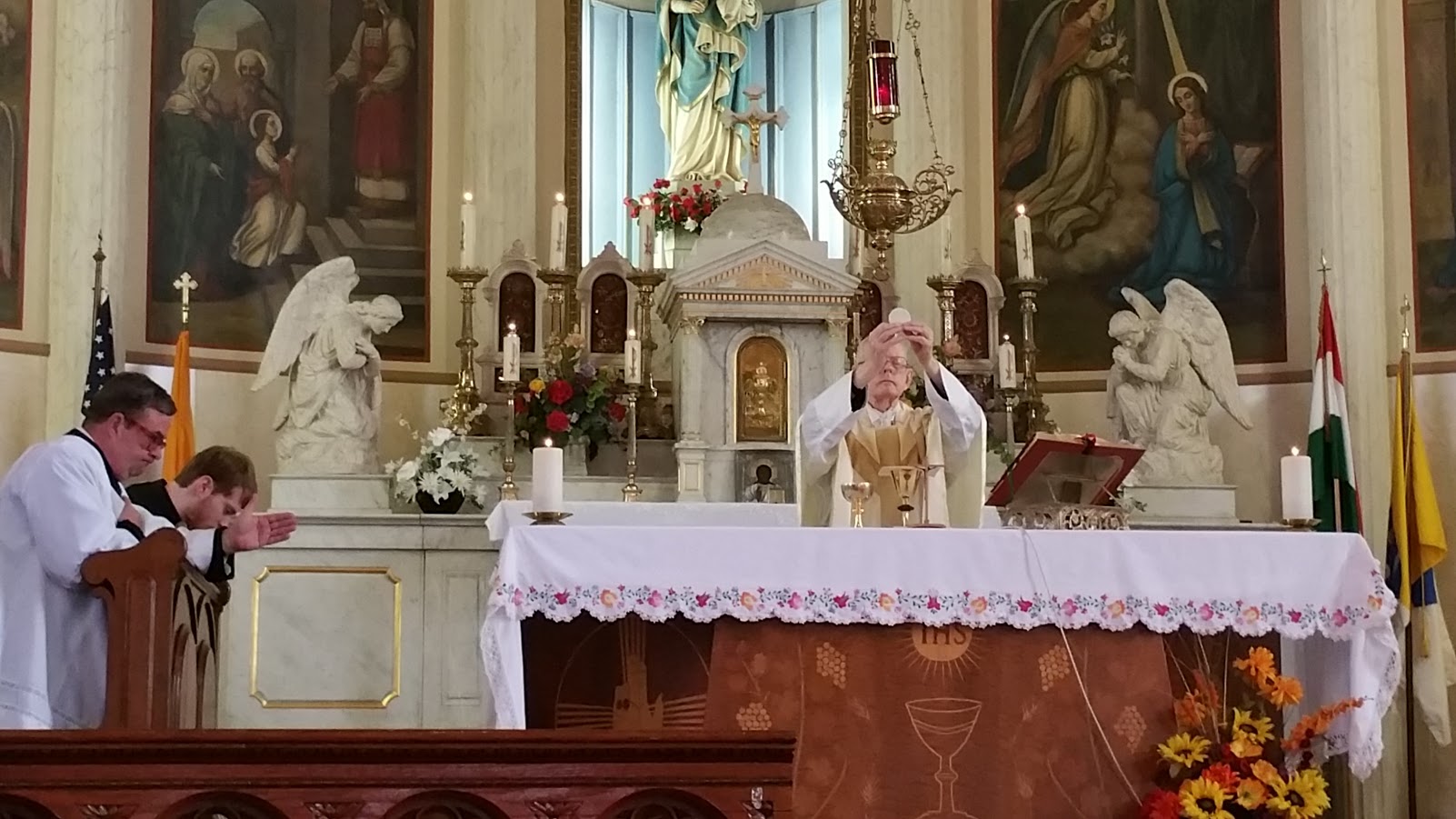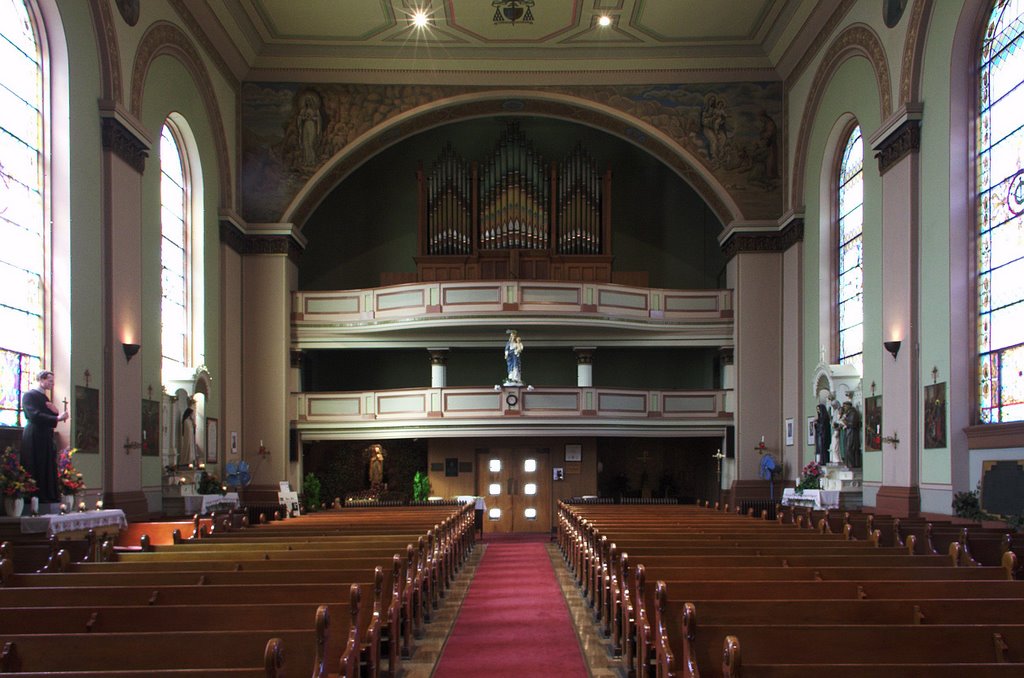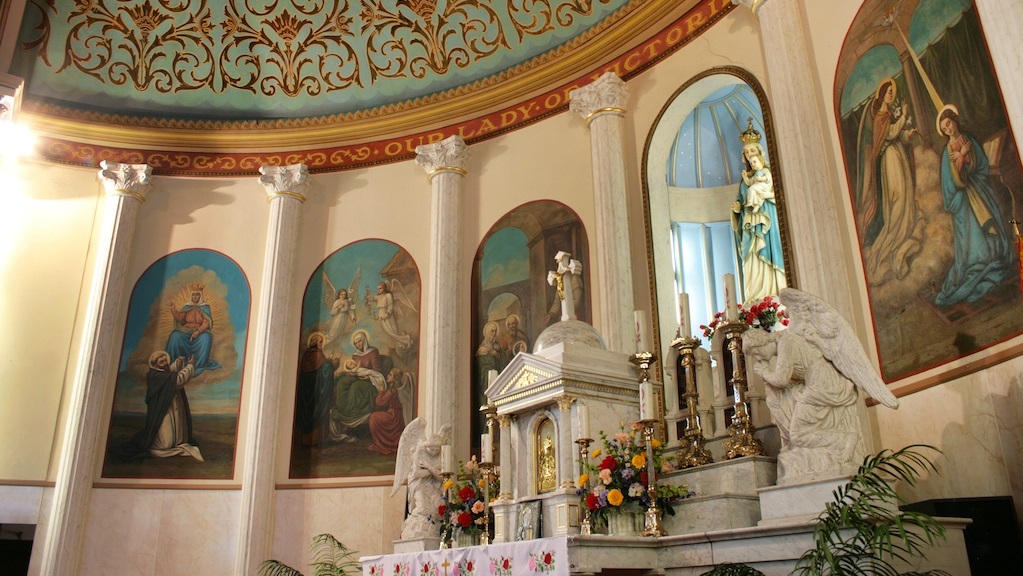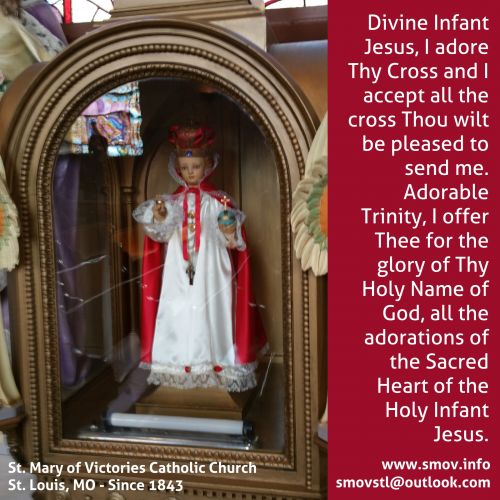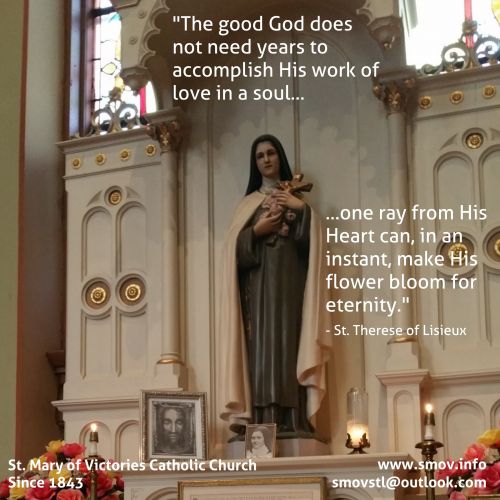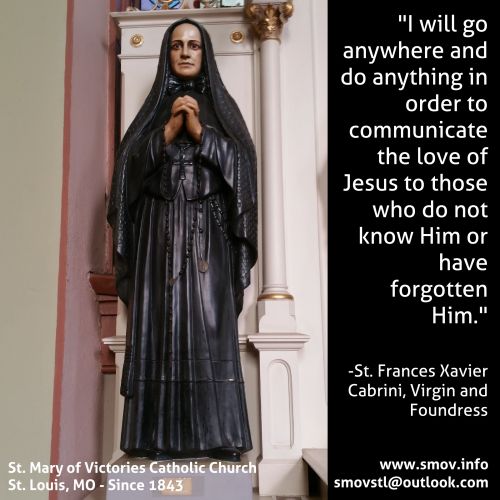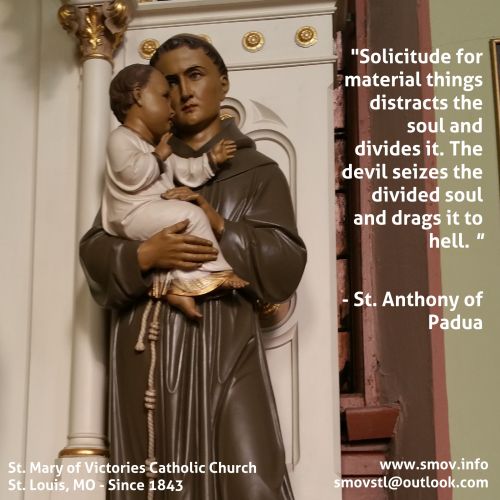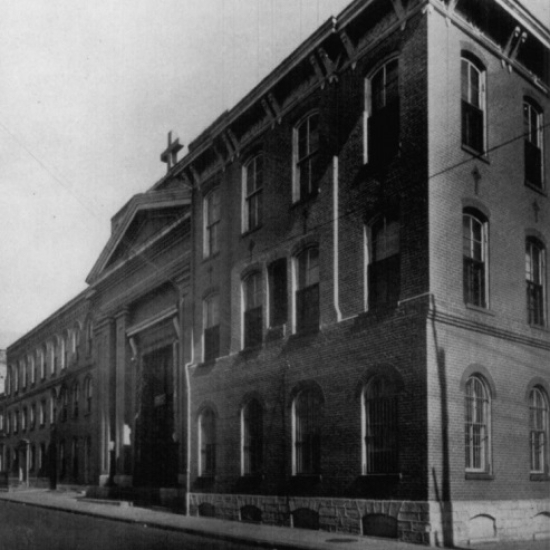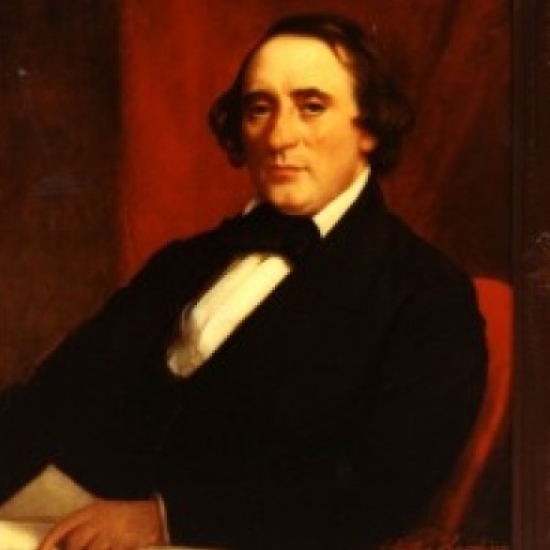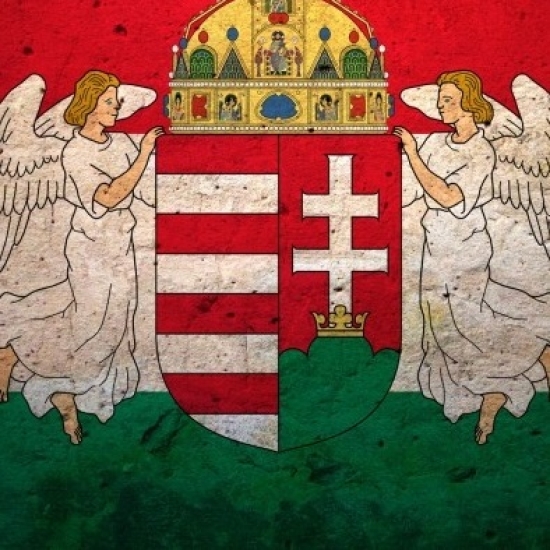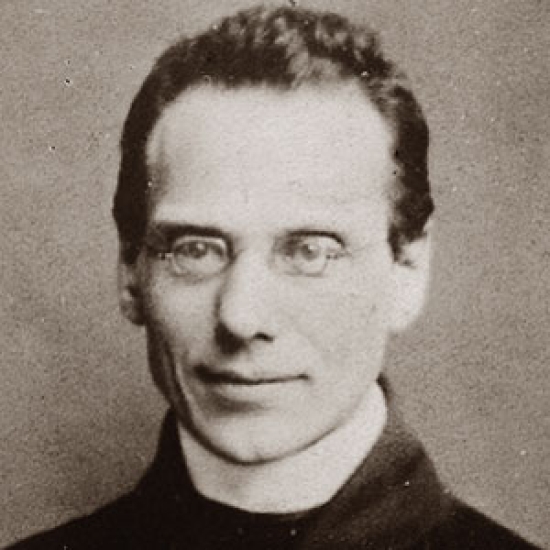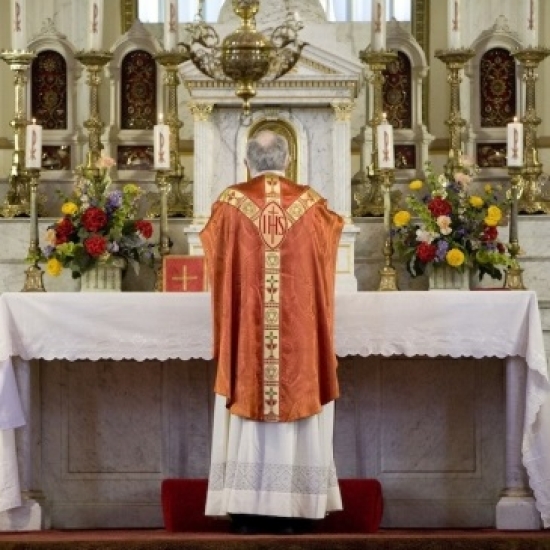11 June 2017, Trinity Sunday (Year A)
Introit (Years A & B): Benedicta sit
Offertory: Come down O Love divine, p. 364
Communion (Years A & C): Benedicimus Deum
Recessional: O God almighty Father, p. 365
Mass VIII, PBC, p. 52. Credo III, PBC, p. 77.
For several centuries the Popes wisely refused to put a feast dedicated to the Holy Trinity on the Roman calendar. They considered the frequent veneration of the mystery every day in the existing texts of the Mass, with the Trinity preface on ordinary Sundays, and the Divine Office, especially the singing of the minor doxology (Gloria Patri) after every psalm and canticle and the bow that accompanies it, were more than sufficient to draw the attention of the faithful to the glories of the inner life of God that have been revealed to us. But the monastic orders, the Cistercians in particular, pushed for the feast—long on their own monastic calendars—to be made universal. Pope John XXII finally agreed and put it on the calendar in 1334. (But it just barely survived the calendar revisions of 1969! Yet another unfortunate outcome of that woefully misguided committee.) So with such a late entry date, and less than universal popularity, it’s not surprising that the chants of the Vatican Graduale seem to be an afterthought. Although they appear in some early manuscripts, the melodies are adaptations from other chants. The Introit is a—to put it mildly—poor adaptation of the great melody of Invocabit me, from the 1st Sunday of Lent. The Gradual and the Offertory are from the feast of SS. Peter and Paul, and the Communion is a somewhat less than successful adaptation of the Communion Feci judicium from the Commons. (Now found in the Common of Holy Men and Women; formerly in the second Common of a Virgin Martyr). The 1974 Graduale offers some alternatives: an Introit in Year C, a Hymn in place of the the Gradual, and a Communion in Year B.
(Years A & B) The Introit has two phrases:
- Benedicta sit sancta Trinitas, atque indivisa Unitas
- confitebimur ei, quia fecit nobiscum misericordiam suam.
As noted above, the melody was (poorly) adapted from that of the first Sunday of Lent. Particularly unfortunate is the fact that the ascending melody over the accented syllable of glorificabo eum is here fitted to the unaccented syllable (confite)-bi-(mur ei). It seems that the seven syllables of this text were parcelled out to the seven groups of notes which are carried by the seven syllables of the original with no reference to the Latin word-accent. Furthermore the second half of the first phrase begins with the motif which in the original brings the first phrase to a close. Nevertheless, the entire feeling of the original melody is well suited to that of our present Introit: it is a joyously moving song of thanksgiving.
(Years A & C) The Communion has three phrases:
- Benedicimus Deum caeli
- et coram omnibus viventibus confitebimur ei
- quia fecit nobiscum misericordiam suam.
The first phrase is very faithful to its original as noted above; the second is not. The melody over quia fecit, which here opens the third phrase, forms the close of the second phrase in the original. Here again the phrasing is not entirely happy. Small heterogeneous pieces compose the last part: nobiscum is like scuto in the Communion for the first Sunday of Lent; the close is found in a number of chants, for example in the Introit Dum clamarem over in aeternum.
